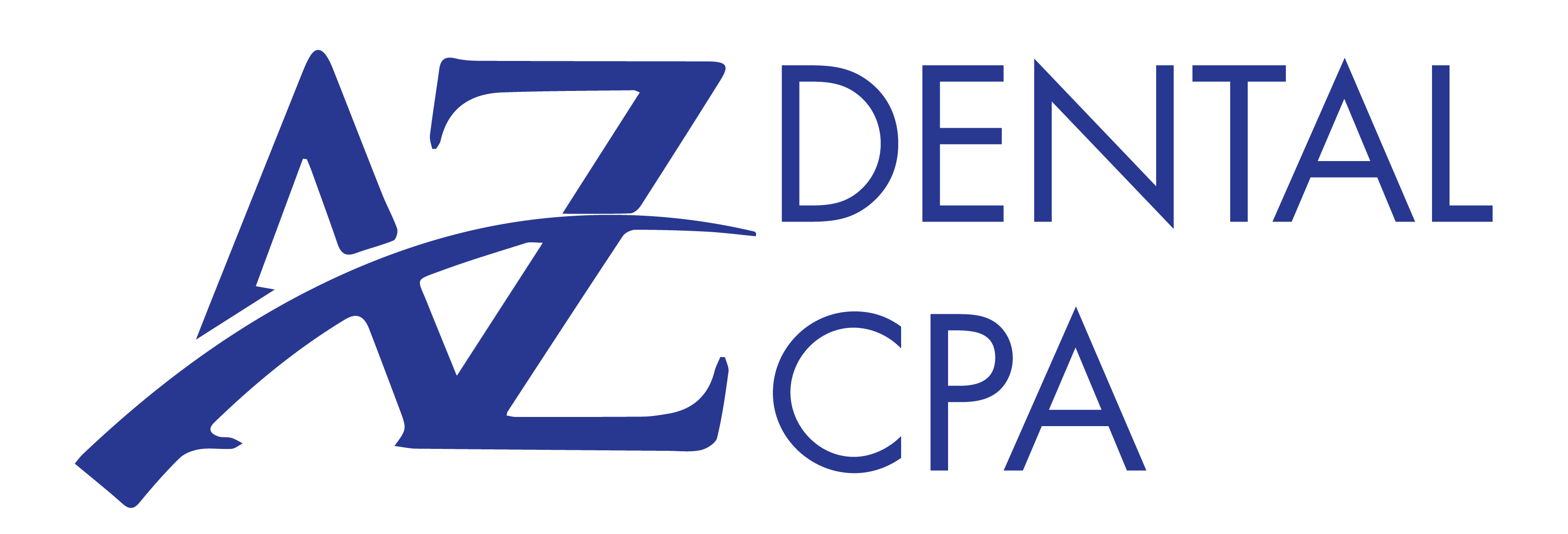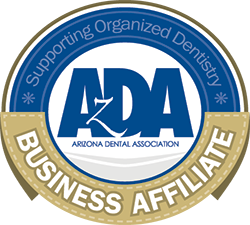As the weather cools down the dental practice sales season heats up. If you are in the market to purchase a dental practice the numbers matter.
Here we will focus on the numbers but a word of caution; over concentration and focusing solely on the financial aspects of a practice without examining other factors can lead to an expensive lesson in dental economics. Factors such as skill levels, insurance issues, facility and equipment concerns even doctor compatibility all can have a drastic effect on the future performance of a practice.
We analyze the practice’s three spheres of influence; Financial, Operational and Philosophical to arrive at the Acquisition Power Rating (“APR”) to obtain a true picture of the practice’s Current and Future Value relative to the specific buyer.
Current (Historical) Value vs. Future (Potential) Value
Current value is based on the historical activity of the practice operated by the selling dentist. This historical valuation is based on both the financial and operational history of the practice.
Future Value is based on the current base activity of the practice adjusted for the introduction of the new owner. For example, increases in future value can be caused by the addition of procedures that were formally referred out; decreases in future value could be caused by a disparity in provider skill sets.
The APR rates a practice based on each individual buyer, considering all spheres of influence associated with both the practice and each dentist involved in the transaction. Think of the purchase as more of a merger of a practice and the new dentist. The higher the synergy level the higher the potential to maximize financial performance.
Gross vs. Net
A large collection number is great but what really matters is the residual cash after covering the operating expenses of a dental practice. Residual Cash (“RC”) is the cash remaining after all expenses have been paid except; Dr. Compensation, Dr. Discretionary Expenses (Auto, CE, Travel etc.), Debt Service and Dr. Related Payroll and Income taxes. More simply put Collections Less Practice Overhead.
Practice Overhead for a premium dental office should be at a range between 50% to 55%. At this range, with collections at $650K or more, the practice has the ability financially to generate enough cash flow to service the practice acquisition debt, pay owner income and payroll taxes and have the ability for the new dental graduate to pay off their accumulated student loan debt in a reasonable manner.
When analyzing practices, I advise my clients that $300,000.00 is the magic number. Keep this number in mind when looking at potential practice purchases, this should allow a take-home after taxes of around $11,000.00 per month to offset personal living expenses and student loan debt service.
Price Earnings (“PE”) Ratio
Historically in the dental world most practices have sold with a PE ratio of 1.5 to 2.0. For example, a practice that collects $900,000.00 and has practice overhead of $495,000.00 results in residual cash of $405,000. If this practice was selling for $700,000 the PE ratio would be 1.73.
Typically, a high PE ratio would indicate that there are quantifiable positive attributes of the practice resulting in a higher sales price. When buying a practice with a high PE ratio understand that this increases your financing risk.
In today’s current economy we are seeing practices listed out with PE ratios more than 2.0. Buyer Beware; always gain an understanding as to the “WHY”. This is especially crucial in acquisitions of practices in the $500K to $600K collection range. Low Residual Cash (“RC”) will drive up the PE ratio and due to the limited amount of Residual Cash (“RC”) puts the practice and the new owner at a higher risk of mediocre financial performance and in some cases failure.
Financing
Most banks will loan up to 80% to 85% of collections. This has no relationship to the value of the practice. A bank is looking at a practice based on the ability to perform and pay off the debt which is not the same as a valuation.
When analyzing the sales price if the dental bank is hesitant to provide 100% financing this should be a warning that the deal is not traditional. Understand the WHY. Paying a premium by requiring either a seller carryback or injection of buyer capital needs to be justified by the seller.
Remember that the banks finance practices based on the current or historical value of the practice. The potential opportunity that a practice may have given the change in ownership is not a factor in the financial determination of the bank.
Our experience been that very few dental offices fail. The risk that you undertake is not the financial failure of an office. The risk you take is purchasing an office that results in mediocre or poorly performing practice. Your employees, your vendors and your bank all will be paid. The only people who truly suffer are the dentist and his/her family who despite their best efforts will not be able to realize their financial goals.
Advisors
Selecting your Acquisition Team is a crucial step in finding a practice that works with you not against you. Your Acquisition Team is made up of your Dental Practice Consultant, Dental Attorney, Dental Banker and Dental CPA. Your team’s sole purpose is to watch out for your best interest in the transaction, some specifics about your Acquisition Team:
- Put your team in place early in the transaction.
- Balance out the transaction; remember the seller has advisors and experience on their side that gives the seller a competitive advantage, lets even out the playing field.
- Avoid duel representation; your advisor should only represent you.
- Find advisors who specialize in dental acquisition transactions.
- Inquire with colleagues and do your research find out what makes that advisor unique and an asset to your Acquisition Team.
- Your comfort level with your Acquisition Team is important make sure you are comfortable with each member and their process.
The purchase of a practice is one of the most if not the most important business decision you will make. Your practice is the foundation of your business and professional career and in many cases, will last a lifetime.
It takes time to find the right practice that is the perfect fit for you. Time taken in the due diligence process will yield significant future benefits. A $20,000.0 a year change in cash flow will result in The understanding you gain during the due diligence process should be leveraged to find the synergies that will make you and the practice successful for years to come.

